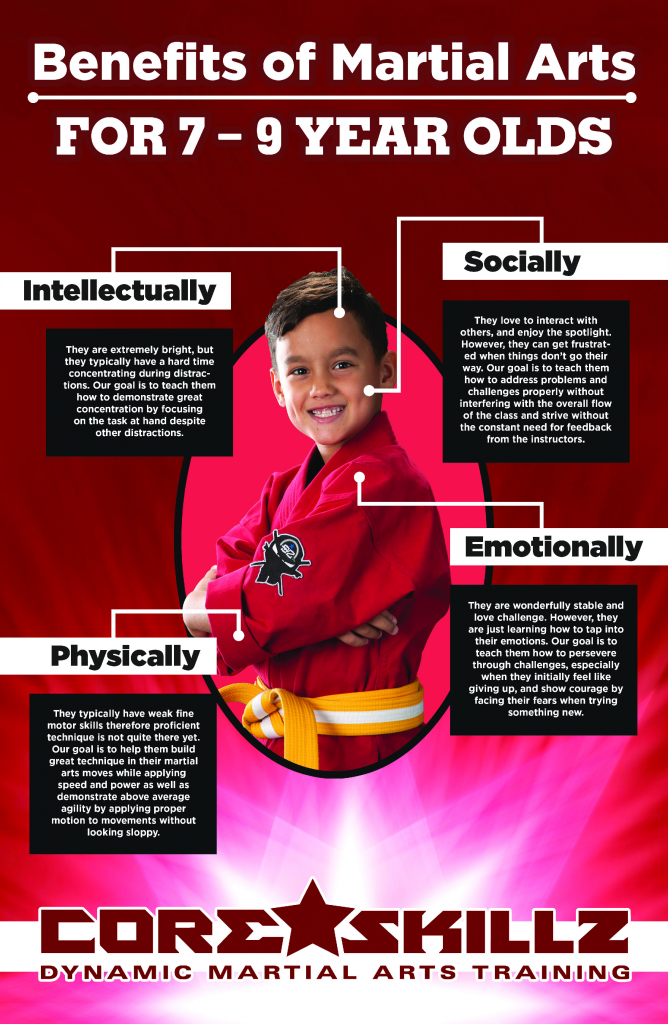The Background And Development Of Martial Arts: From Ancient Origins To Modern Techniques
The Background And Development Of Martial Arts: From Ancient Origins To Modern Techniques
Blog Article
Created By-Vilhelmsen Whitaker
Step into the world of martial arts, where ancient beginnings and contemporary techniques clash in an exhilarating trip of self-control and self-discovery.
As you look into the history and evolution of this exciting art form, prepare to be mesmerized by the cultural impacts, technical innovations, and profound philosophy that have actually formed it over centuries.
From the combat zones of ancient people to the training grounds these days, martial arts have actually stood the test of time, continuously adapting and expanding.
Each strike, each activity, carries with it the weight of numerous years of custom and knowledge, gave via generations. This is a story of resilience, of warriors who looked for not only physical prowess, yet also self-confidence and harmony.
Join us on this amazing expedition as we uncover the keys, the legends, and the transformational power of martial arts.
Prepare yourself to be influenced, tested, and for life changed by the history and development of martial arts.
Social Influences on Martial Arts
As you check out the background and evolution of martial arts, you'll promptly find the remarkable ways in which cultural impacts have formed these combat methods.
From federal criminal defense law firm of China and India to the a lot more current growths in Japan and Brazil, martial arts have actually been greatly influenced by the cultures in which they came from.
As an example, Chinese martial arts, such as Kung Fu and Tai Chi, are deeply rooted in the ideology of Taoism and the idea of Yin and Yang.
On the other hand, Japanese martial arts, like Karate and Judo, show the samurai warrior traditions and the values of discipline and honor.
Similarly, Brazilian martial art, Capoeira, combines aspects of African dancing and songs, mirroring the cultural heritage of African slaves in Brazil.
These cultural influences not only offer each martial art its unique qualities but likewise supply a deeper understanding of the historic and social contexts in which they evolved.
Technical Developments and Martial Arts
With the rise of sophisticated weaponry and cutting-edge training tools, you've been able to boost your abilities and adjust to the ever-changing combat landscape.
Technical innovations have reinvented the method martial arts are practiced and instructed. Virtual reality simulations currently allow you to learn reasonable fight circumstances without the danger of physical damage. High-speed cameras catch every relocation, enabling you to evaluate and ideal your methods. defense attorney check your heart rate, breathing, and muscle activation, offering immediate feedback on your efficiency.
In addition, the development of specific tools, such as resistance bands and agility ladders, has enabled you to improve your rate, toughness, and agility. These technological developments have not only made training more efficient however have actually also pushed the borders of what is possible in martial arts, permitting you to get to brand-new elevations in your method.
The Viewpoint and Principles of Martial Arts
The viewpoint and principles of martial arts are deeply rooted in shaping your mindset and instilling self-control, focus, and regard in your technique.
1. Way of thinking: Martial Arts teaches you to develop a strong and resistant frame of mind. It enables you to get rid of difficulties both on and off the floor covering, pressing your limits and persevering despite difficulty.
2. Technique: Martial Arts needs self-control and self-control. With normal training and adherence to stringent regulations and methods, you learn to regulate your impulses and develop a strong job values.
3. Emphasis: Martial Arts needs intense focus and focus. By educating your mind to be present in the minute, you boost your ability to respond swiftly and successfully during combat situations.
4. Respect: Martial Arts emphasizes regard for oneself, teachers, educating partners, and challengers. It instructs you to value the abilities and experiences of others, fostering a sense of sociability and sportsmanship.
Final thought
Congratulations on finishing your journey with the captivating world of martial arts! Throughout this expedition, you have seen the abundant background and amazing evolution of these fight techniques.
From their old beginnings to the modern techniques we see today, martial arts have been formed by social influences.
The combination of innovation has actually also played a substantial duty in transforming the way martial arts are instructed and practiced in today day.
However, it is very important to remember that martial arts are greater than just physical battle. They encompass extensive viewpoints and directing principles that surpass the mere act of fighting.
Take a minute to review this anachronistic experience and value exactly how the tradition of martial arts continues to thrive in the present, going beyond time and limits.
